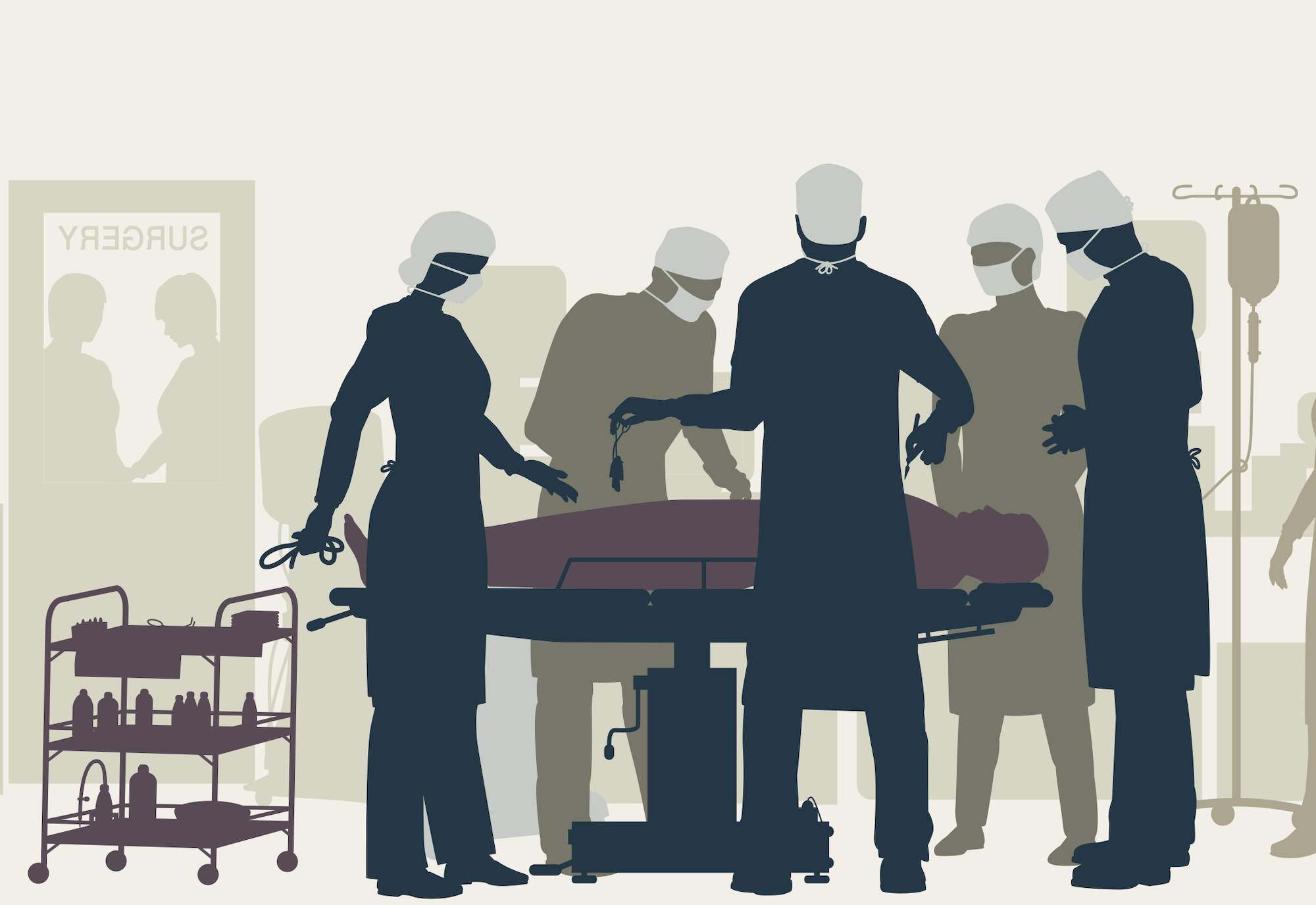At £85 billion, the NHS carries an enormous litigation cost liability. In a post pandemic world, this is likely to increase. The question is, why?
Though modern healthcare practices are highly effective, the health system itself is a complex behemoth under immense pressure from relentless growth in demand. Despite significant progress in both the use of technology and the development of drugs, the delivery of healthcare remains vulnerable to the potential for significant harm. Human fallibility increases the probability that mistakes will happen.
When they do, questions are asked, investigations conducted, responsibility apportioned, and accountability determined. If the harm is deemed to have been avoidable, the organisation and the professional or professionals responsible find themselves subject to costly litigation. Each case can cost the organisation millions of pounds.
The NHS paid out over £2bn or approximately 2% of the entire budget of NHS England (£115b) in clinical negligence claims in 2018-2019. In addition, to be prepared for future clinical negligence claims, it has built up a litigation cost liability fund of around £85 billion. Each NHS Trust pays an annual premium into this fund – the amount paid reached 4% of annual revenue in 2020.
These are enormous costs taking away crucial health service funding that could be better spent on investing in services and staff.
The annual cost of harm arising from clinical activity is significant and increasing post-pandemic. There are many reasons for this. But at the heart of it, there is the issue of transparency, disconnected management and regulation.
However, there is a significant opportunity to reduce clinical harm and litigation costs through empowering the professionals, digital innovation and linking the right data.
The real cost of negligence claims
The real cost of each mistake is bigger than just the cost of a claim.
The impact of healthcare mistakes can be catastrophic. Lives damaged, debilitated or lost, lead to a cascade of consequences for the patients’ families and loved ones. For healthcare providers, there is not only a reputational cost but also the opportunity cost of the time spent managing and responding to claims, implications for staffing and services as well as the impact on morale.
A forensic examination of the web of relationships and services that sits behind each patient-service interaction reveals a complex network: large teams of health workers, hierarchical managerial systems often working to unmanageable targets in disconnected silos. The risks such a structure poses to patient care is clear but hard to quantify.
In the context of patient safety, there is a weak connection between patient safety and quality interventions, CQC assurance prospective inspections and Clinical Negligence Scheme for Trust premiums. Furthermore, the risk/premium analysis for each trust is not grounded in robust actuarial analysis.
Accountability: assigning responsibility
There is no dearth of initiatives designed to improve the quality of healthcare, to optimise the ‘processes of provision’, to minimize the possibility of harm to the patient, and to reasonably protect those responsible for providing care.
Yet the incidence of ‘mistakes’ and their cost to the NHS and therefore the public exchequer, continues to rise. According to NHS Resolution, the cost of paying out for clinical harm during 2019/2020 was £8.3b (slightly below the £8.8b paid out by the Clinical Negligence Scheme for Trusts in 2018/19). The financial pressure this puts on the NHS will only rise as the complexity of, and the demands on, the NHS continue to grow.
But while the NHS bears continues to pay out huge sums of money for clinical negligence claims, who is actually held accountable when mistakes are made?
That is of course the person directly responsible for providing care. The individual who determines and directs the care needed. The Professional. Despite the existence of the NHS Crown indemnity, there remains a direct line from the patient to the professional responsible for their care. The same professional is also responsible for ensuring their team wields the skills, knowledge, experience and behaviour needed to deliver optimal levels of patient care safely.
Despite the employers’, in this case, the NHS’, best efforts to manage resources and responsibilities in a way that might render the line of care from patient to professional indirect, in terms of responsibility, this is a direct line of accountability that can never be broken.
Accountability: measuring professionalism
Clearly, healthcare professionals juggle multiple responsibilities each with its own set of qualifying requirements. Those qualifications must be regularly measured, assessed and approved according to predetermined standards. Responsibility and accountability must be validated. Unfortunately, current validating systems are bureaucratic, cumbersome paper trails that are in some cases mere tick boxing exercises. This has predictable consequences for patient care.
They widen the disconnect between the professional and the organization. As primarily manual data collection exercises, they offer limited potential for data analysis when a vast digitized database of information could be leveraged to deliver crucial analysis driven insight to improve both health care for the patient and the provider.
Healthcare professionals, in particular, would be able to get a better view of their own progress, be able to identify gaps and weaknesses, leverage strengths and achievements and therefore offer a better overall service to the people in their care and to the employers whom they serve.
Imagining a ‘connected solution’ leveraging digital innovation and analytics
Let us imagine a health service that has the tools and capability to track, monitor and develop its services in a way that supports, empowers and enables the clinicians.
Imagine a digital capability that enables both the professional and the employer to spot, monitor, and address the needs of the professional in real time. A tool that recommends timely mediations, enables immediate quality of care interventions and reduces the need for expensive after the fact management overheads. A service that minimises the risk of harm to the patient as well as the professional.
Imagine if we could evidence the level of quality, improvements, and professional development, seamlessly and efficiently to reduce the incidence of clinical mistakes and therefore the level of clinical negligence premiums.
P3: making imagination reality
Imagine P3. Proactive Personal Professionalism Solution.
A solution imagined for the health care professional. A solution designed to support, enable, and empower. A tool that connects both the professional and the employer with their professional development data enabling both to collect, record, view, monitor and assess progress. A solution that offers a powerful digital capability to help identify strengths and weaknesses, recommend opportunities for further development and design individualised career progression pathways working in tandem with the professional and the employer.
P3 is designed to target development, predict and prevent incidences of harm, optimise the quality of care and help reduce the healthcare service’s burden of litigation liabilities.
For the sake of patients, the professionals who take care of them, and the future health of the NHS, a thoroughly modern ‘makeover’ of professional development in health care, is long overdue.


